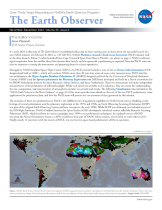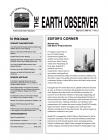- Home
- Missions
- Data
- Communications
- People
- The Earth Observer Newsletter

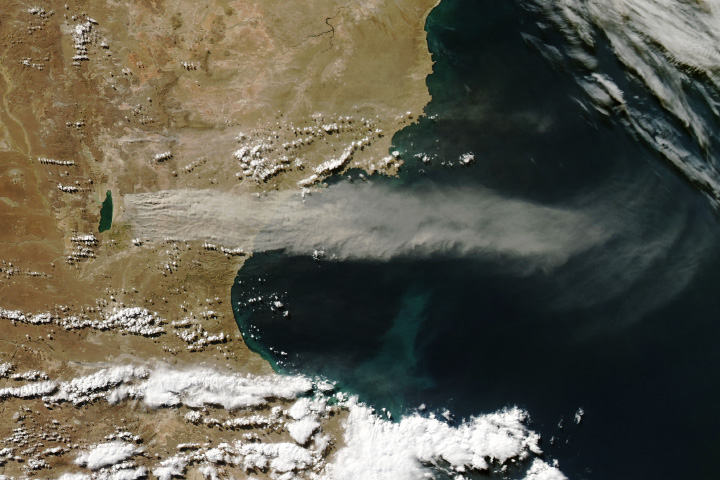
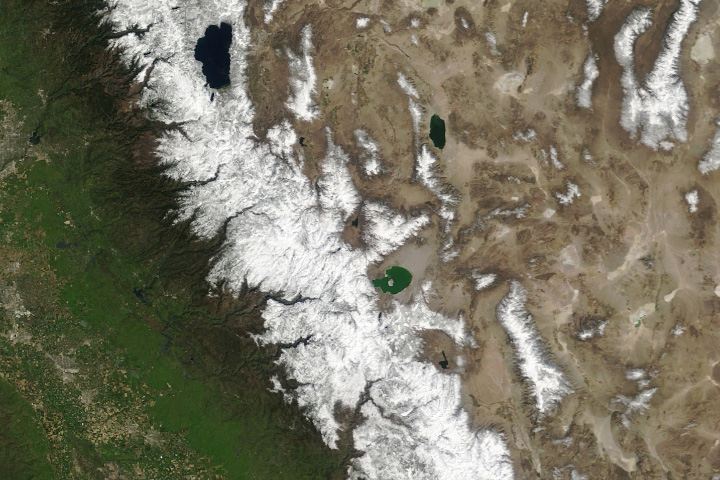
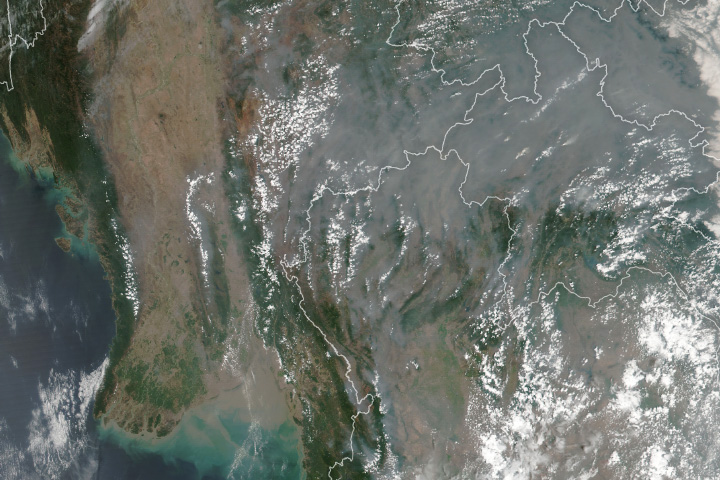
Recent Imagery
You will be directed to the NASA Visible Earth webpage when you select Images by Mission below, or click on the images at right that are randomly generated to represent four out of all possible topics.
The Earth Observer: May - Jun, 1999
In This Issue
Click title below to view page
- Editor's CornerFront Cover
- Science Team Meetings
- Joint Advanced Microwave Scanning Radiometer (AMSR) Science Team Meeting3
- Report on the EOS CHEM Science Team Meeting4
- CERES Science Team Meeting5
- Moderate Resolution Imaging Spectroradiometer (MODIS) Science Team Meeting Summary10
- The First PICASSO-CENA Science Team Meeting Minutes20
- Summary of the Mini-SWAMP Meeting26
- Summary of NASA EOS SAFARI 2000 Workshop32
- Science Articles
- A Portable Integrating Sphere Source for Radiometric Calibrations from the Visible to the Short-Wave Infrared14
- Global Observations of Aerosols and Clouds from Combined Lidar and Passive Instruments to Improve Radiation Budget and Climate Studies22
- An Associate of Arts in Community Colleges for Training in Earth Science Project27
- MODIS Land Surface Temperature Validation29
- Report of EOS Volcanology IDS Team Meeting36
- NASA’s Earth Science Enterprise Participates in the Odyssey of the Mind World Finals38
- Announcements
- Major Accomplishment4
- EOS Scientists in the News40
- Earth Science Education Update42
- Information/InquiriesBack cover
Editor's Corner
Michael King, EOS Senior Project Scientist
I’m happy to report that on June 19, NASA’s Quick Scatterometer (QuikSCAT) satellite was launched aboard an Air Force Titan II launch vehicle from Vandenberg Air Force Base. QuikSCAT’s SeaWinds microwave scatterometer will provide new near-surface wind speed and direction measurements under all weather and cloud conditions over the Earth’s oceans. The satellite achieved its initial elliptical orbit with a maximum altitude of about 800 km above the Earth’s surface about an hour after launch.
During the first two weeks after launch, QuikSCAT fired its thrusters as many as 25 times to circularize and gradually fine-tune its polar orbit. Eighteen days after launch, the SeaWinds instrument was...
Read more...
